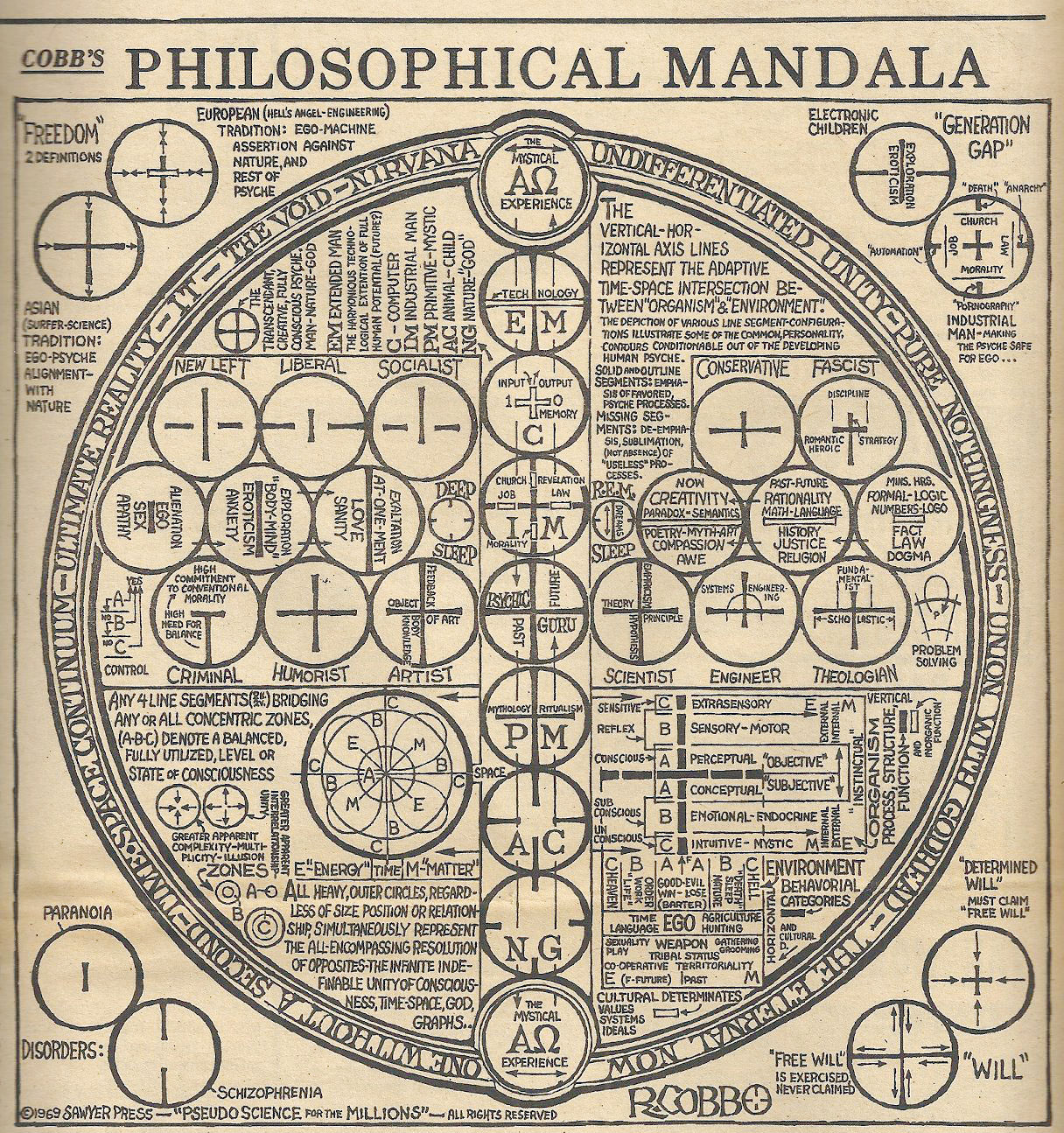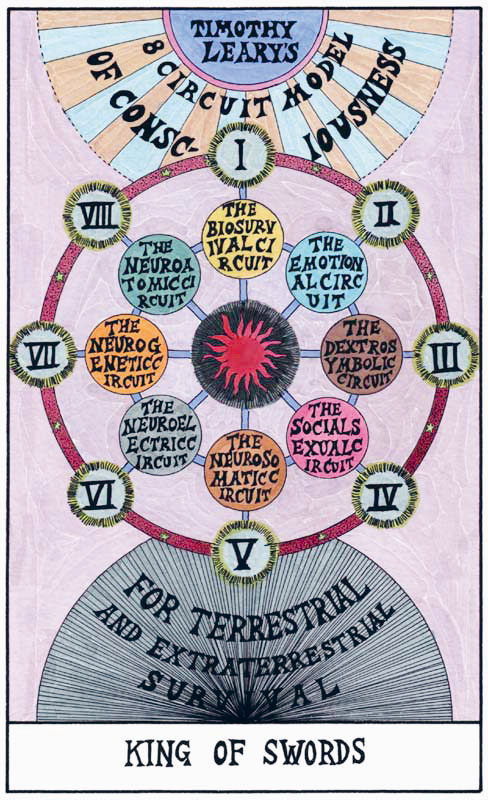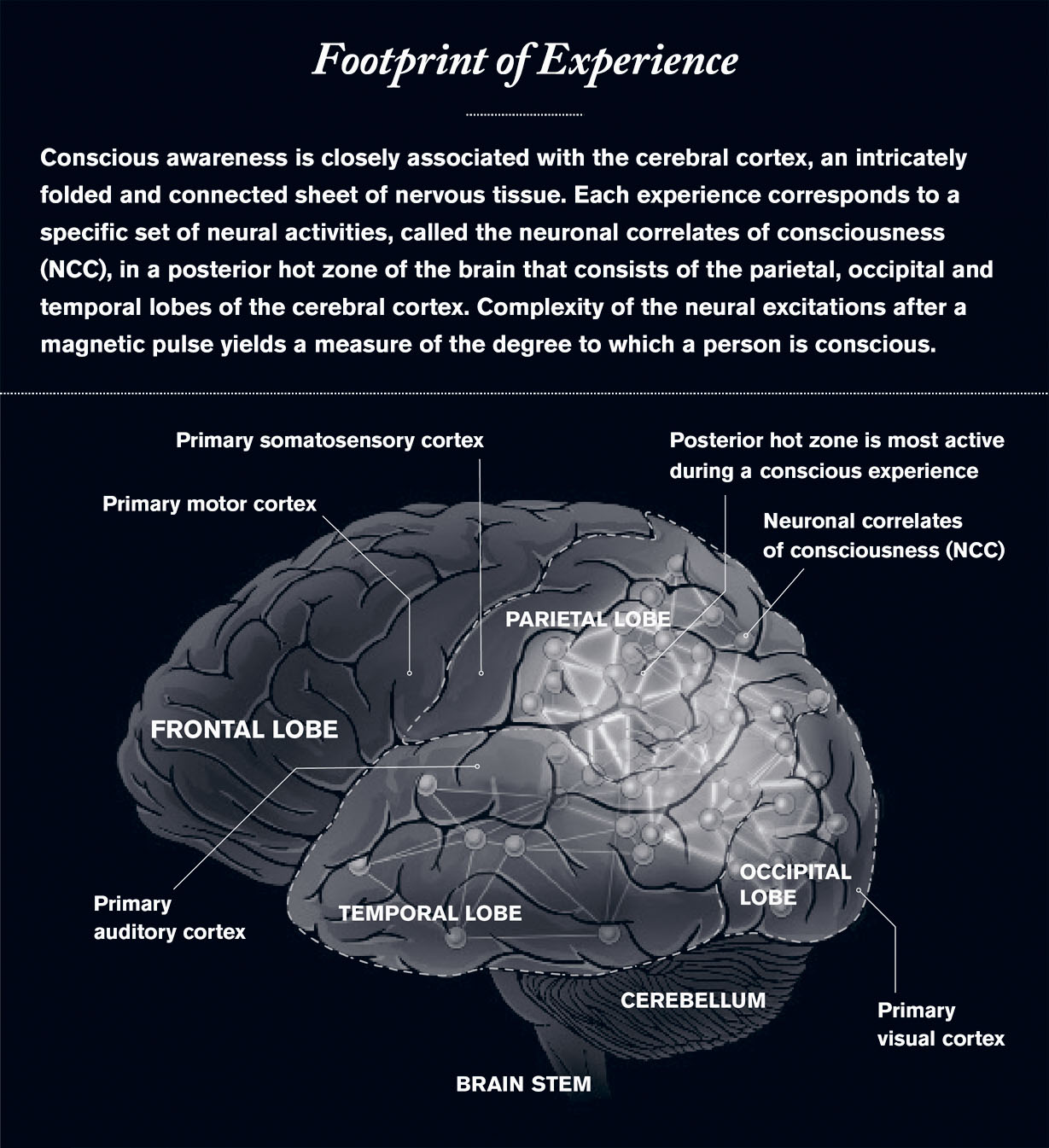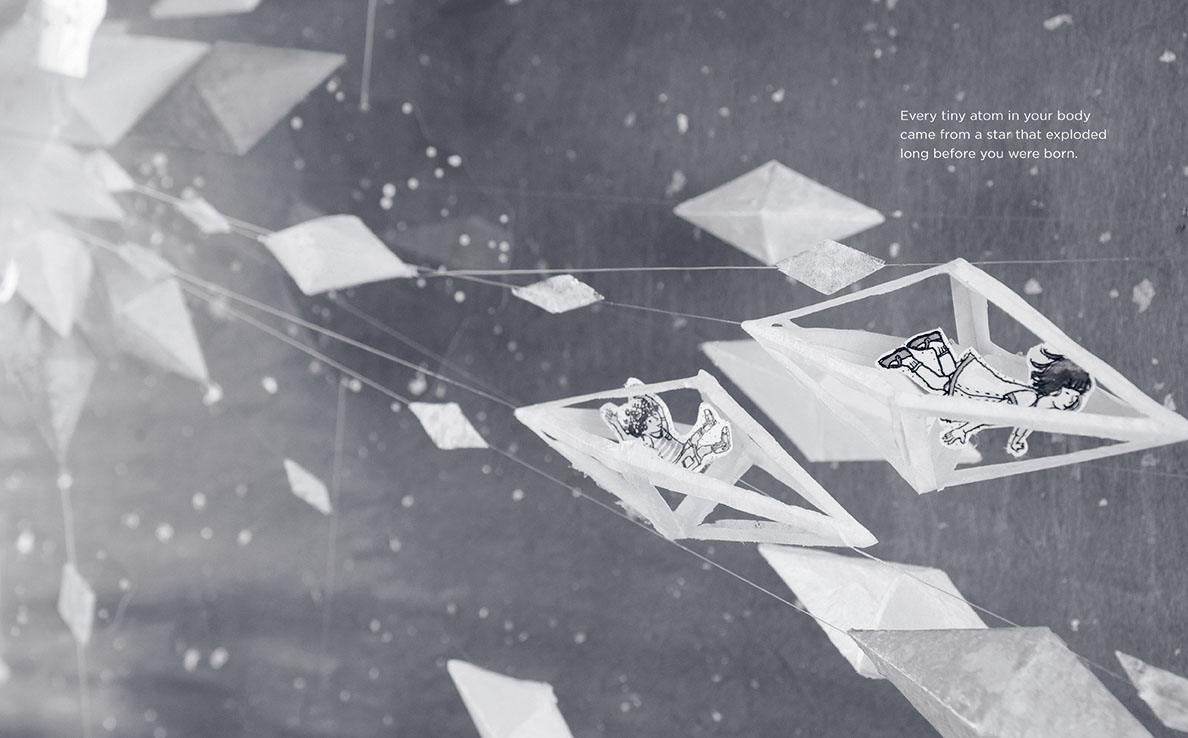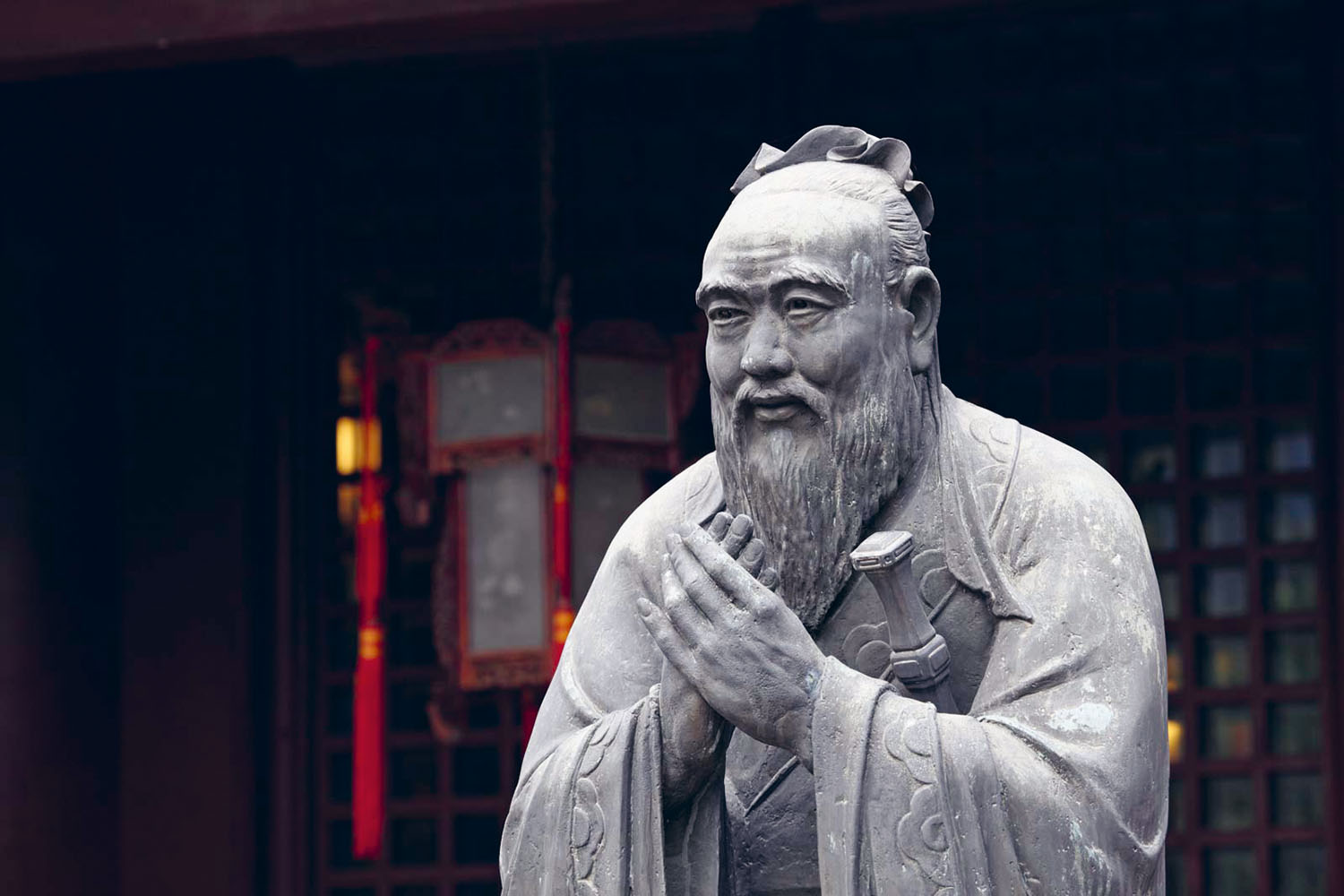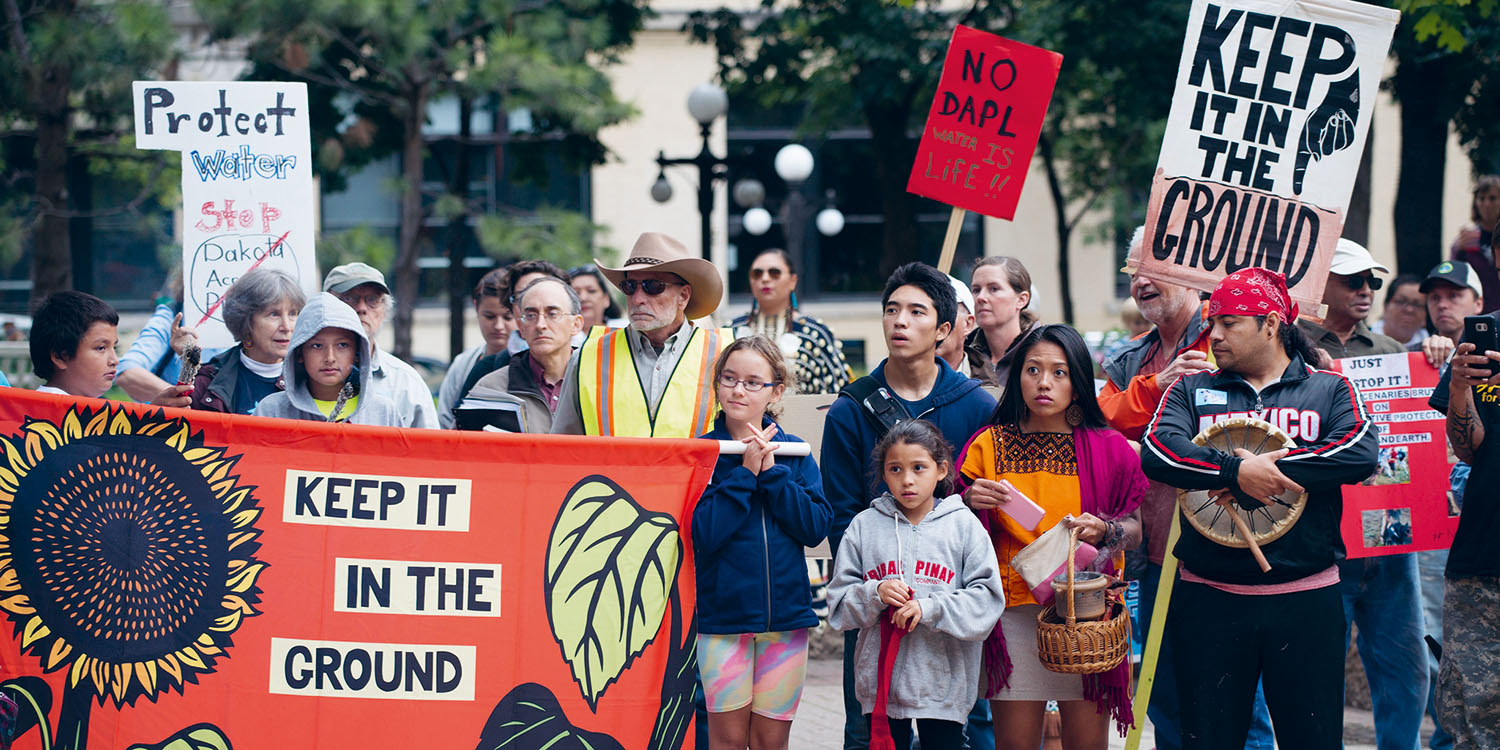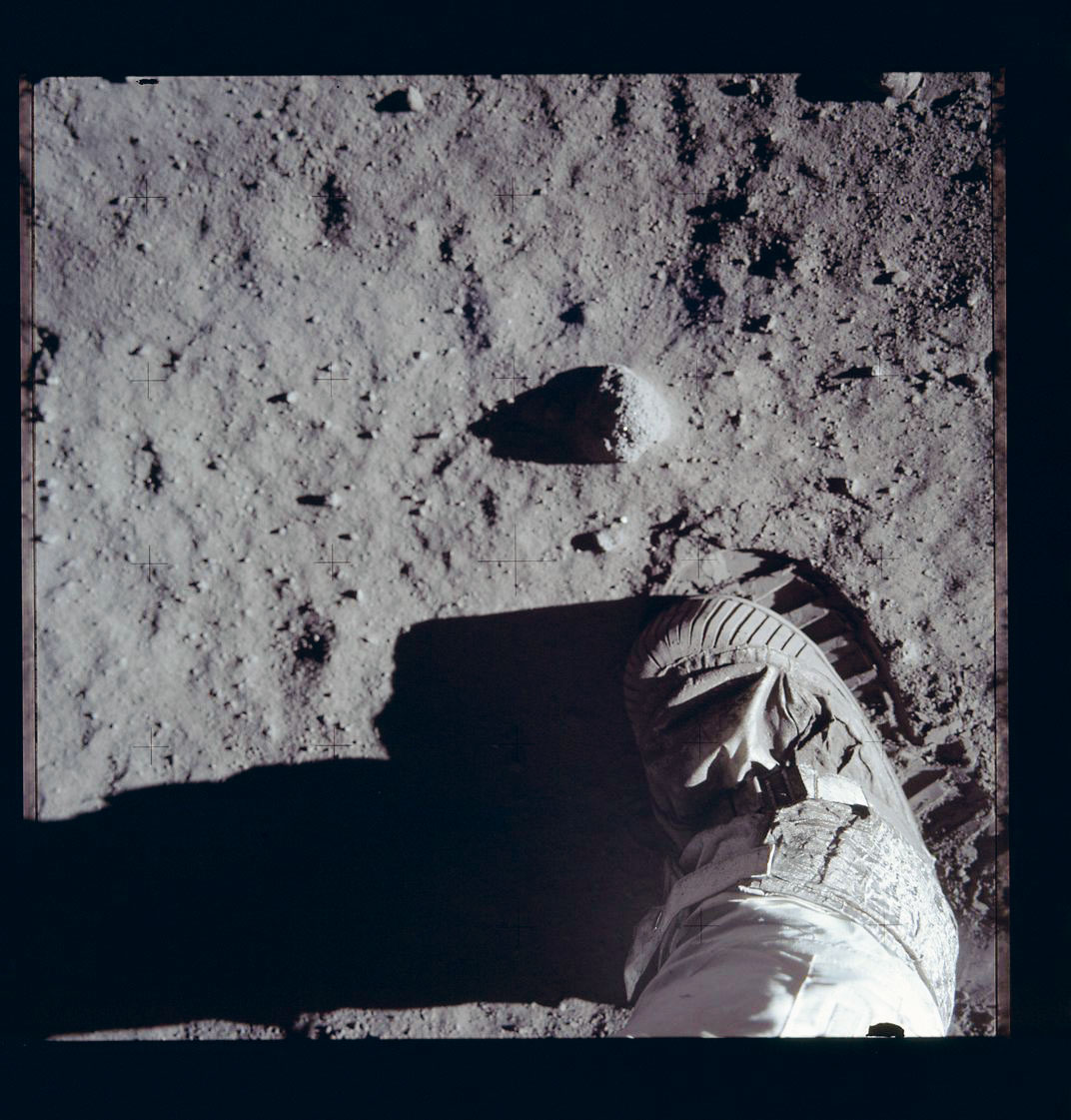
All creatures of existence share fundamental qualities through the virtue of existing. Each species occupies a fundamental place in what is described by Native American communities as the sacred hoop of life—a circle, without end, in which all of the Earth’s species live in balance.
Humans are but one aspect of a greater inter-being and constitute a small section of a much larger, cosmic community. We exist within a thought that is constantly expanding. We are always changing, always in motion. To recognize the connections between the myriad forms of life is to revel in wonderment and to access the divine.








